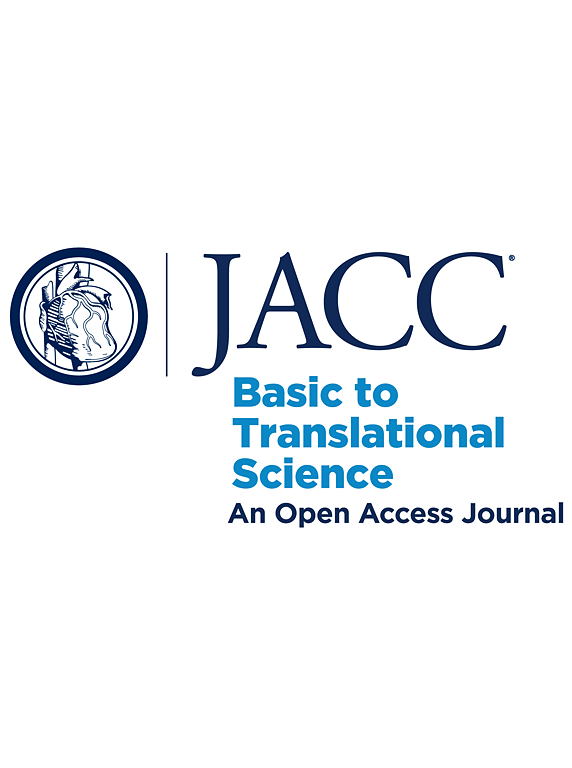IL-6抑制剂和TNF抑制剂
IF 8.4
1区 医学
Q1 CARDIAC & CARDIOVASCULAR SYSTEMS
引用次数: 0
摘要
白细胞介素-6抑制剂(IL-6i)通常用于类风湿关节炎患者,以减少慢性升高的IL-6引起的炎症。IL-6水平在运动后短暂增加,发挥了许多积极作用。本研究考察了与肿瘤坏死因子抑制剂相比,在类风湿关节炎患者同时接受IL-6i治疗时,有益的运动诱导的心脏适应性是否减弱。与对照组相比,我们发现肿瘤坏死因子抑制剂治疗组,而不是IL-6i组,在12周的监督运动后,左心室质量显著增加。然而,治疗方式对运动诱导的心脏适应的相互作用不显著。类风湿关节炎患者IL-6与TNF抗体治疗期间运动诱导的心脏适应;NCT05215509)本文章由计算机程序翻译,如有差异,请以英文原文为准。
IL-6 Inhibitors and TNF Inhibitors
Interleukin-6 inhibitors (IL-6i) are commonly used in patients with rheumatoid arthritis to reduce inflammation from chronically increased IL-6. IL-6 levels increase transiently following exercise, exerting numerous positive effects. This study examined if beneficial exercise-induced cardiac adaptations were attenuated in patients with rheumatoid arthritis in concomitant IL-6i treatment compared with tumor necrosis factor inhibitors. Compared with control, we found that the tumor necrosis factor inhibitor–treated group, but not the IL-6i group, had a significant increase in left ventricular mass following 12 weeks of supervised exercise. However, the interaction effect of treatment modalities on exercise-induced cardiac adaptations was insignificant. (Exercise-induced Cardiac Adaptions in Rheumatoid Arthritis Patients During IL-6 vs TNF Antibody Therapy; NCT05215509)
求助全文
通过发布文献求助,成功后即可免费获取论文全文。
去求助
来源期刊

JACC: Basic to Translational Science
CARDIAC & CARDIOVASCULAR SYSTEMS-
CiteScore
14.20
自引率
1.00%
发文量
161
审稿时长
16 weeks
期刊介绍:
JACC: Basic to Translational Science is an open access journal that is part of the renowned Journal of the American College of Cardiology (JACC). It focuses on advancing the field of Translational Cardiovascular Medicine and aims to accelerate the translation of new scientific discoveries into therapies that improve outcomes for patients with or at risk for Cardiovascular Disease. The journal covers thematic areas such as pre-clinical research, clinical trials, personalized medicine, novel drugs, devices, and biologics, proteomics, genomics, and metabolomics, as well as early phase clinical trial methodology.
 求助内容:
求助内容: 应助结果提醒方式:
应助结果提醒方式:


